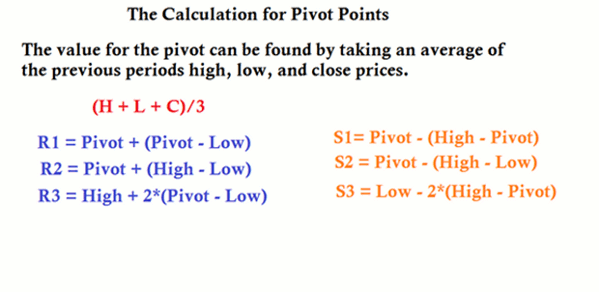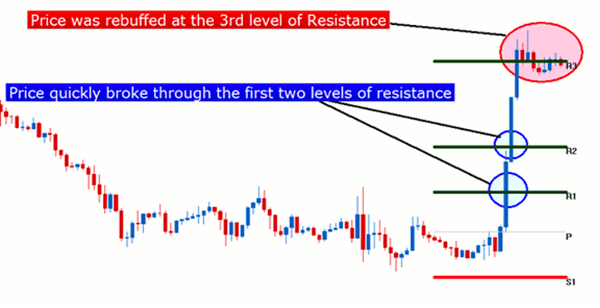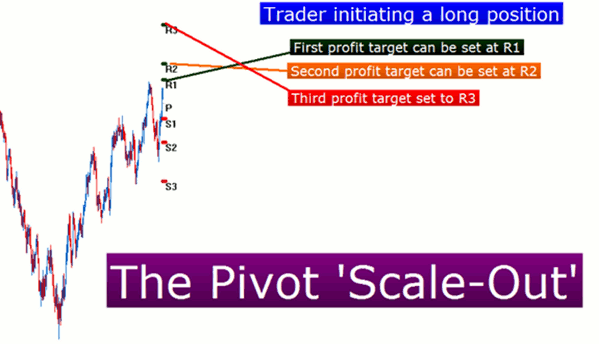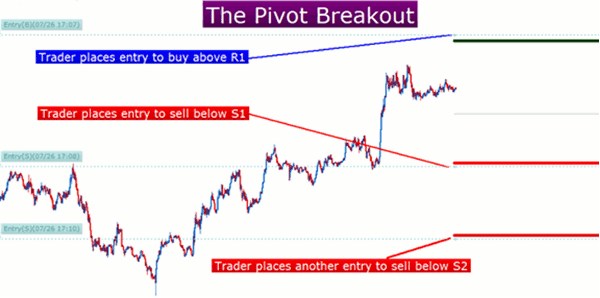James B. Stanley of DailyFX.com outlines how pivot points can help any currency trader find great trading opportunities.
Trading without support and resistance levels can be akin to driving without a seatbelt. Downtrends can stop dead in their tracks and uptrends can quickly reverse when price runs into a strong enough impediment. And without knowledge of key support and resistance levels, traders run a very large risk of letting a winning trade turn into a victim.
The justification for changes in order flow around support and resistance levels is logical. If traders believe a support or resistance level to be strong enough, they will often place their stop or limit orders nearby. When price runs into these groupings of stops or limits, the flow of orders for a particular market can become greatly affected, causing rapid price reversals.
With many subjective areas of support and/or resistance, this potential benefit of these levels can become marginalized. Because subjective levels are often less common, and less seen by traders, they can entertain less activity.
Objective levels are often seen by more traders, can be planned around accordingly, and can even adapt to automated trading activities that don’t require trader interaction. Nowhere is this more prevalent than with Pivot Points.
The Genesis of Pivot Points
For the majority of markets’ lives, computers were not available on a mass scale. Market makers and floor traders still needed a way of keeping up with whether price was "cheap" or "expensive" on a relative basis, and from a simple mathematical calculation, pivot points were born.
Traders simply took the high, low, and closing price from the previous period and divided by three to find the "pivot." From this pivot, traders would then base their calculations for three support and three resistance levels. The calculation for the most basic flavor of pivot points, known as "floor-trader pivots," along with their support and resistance levels is below:
As price would move to these levels, traders would for potential price reversals; and if price didn’t reverse, they could look to trade breakouts from these prices in the direction of the break.
Types of Pivots
The pivots described above, using the prior day's high, low, and close price, are considered "daily" pivots, since it was the previous day's price activity that produced the resulting support and resistance levels. Traders will also plot these levels for various time frames.
Hypothesizing the potential for self-fulfilling prophecies as a result of many technical analysts seeing the same thing, some traders imagine that longer-term based pivot points may carry more strength. Traders can also use the previous week or month’s prices as well. Like many other forms of technical analysis, longer-term inputs can often bring more interest, simply because they may be seen by more traders in consideration of longer-term analytics.
Next: Pivot Points as Profit Targets
|pagebreak|Pivots as Profit Targets
A common function of pivot points is as an area for trader to potentially look to take profits, particularly with the longer-term readings on this indicator. The reason being that price moves may potentially reverse, offering the trader an opportunity to buy into the same trend later at a better price, while also maximizing their shorter-term gain on their current position. The picture below will illustrate in more detail:
Traders can even plan scale-out approaches based on pivot point levels. If a long position is being built, multiple limit orders can be placed along each of the 3 resistance levels; for short positions limits being set at each support level.
Pivot Point Breakouts
Many traders attempt to focus their trading activity to the more volatile times in the market when the potential for large moves may be elevated. We looked at trading such a strategy in The Ballistics of Breakouts.
Traders may attempt to look at breaks of each support or resistance level as an opportunity to enter a trade in a fast-moving market. This can be especially relevant for longer-term pivot levels, with particular focus being paid to the weekly and monthly pivot points. The chart below will show how a trader can set up a pivot point breakout strategy:
Pivot Point Reversals
Pivot Point Reversals may be less common than breakouts, since they are inherently a counter-trend trade. If price is testing a resistance level, it is only after some semblance of an uptrend. If price is at a support level, well, price has gone down. While it may be opportunistic to attempt to buy cheaply or sell expensive, traders want to be sure to properly assimilate the environment to ensure that such an opportunity warrants the risk.
Multiple time frame analysis can bring considerable benefits in this regard. We looked at this form of analysis in the article The Time Frames of Trading, and in it we shared that many traders prefer to use the benefit of viewing each market from varying vantage points.
So, if a trader observes a longer-term trend on a weekly chart, they may look to buy if a daily support level becomes tested. This may provide the opportunity to ‘buy cheaply’ affording the trader the opportunity to place a prudent stop in an effort to contain the potential damage of losing trades.
James B. Stanley is a trading instructor with DailyFX.com.

























